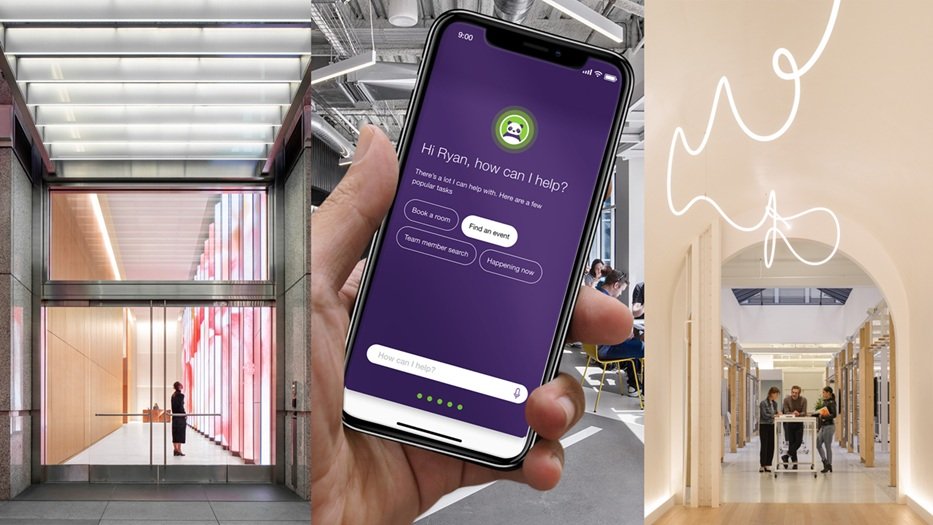The way people work has undergone a seismic shift in recent years. With the rise of remote work, flexible schedules, and the pursuit of better work-life balance, traditional office environments are rapidly evolving. At the heart of this transformation are adaptive environments, dynamic workspaces designed to respond to the changing needs of employees and organizations alike. These environments are redefining not just where we work, but how we work.
The Rise of Flexibility
One of the biggest drivers of adaptive environments is the demand for flexibility. Gone are the days when employees sat at the same desk from nine to five. Today’s professionals want choices, whether that’s the option to work from home, use a quiet pod for focused tasks, or collaborate in an open lounge area. Adaptive environments offer modular layouts, mobile furniture, and integrated technology that allow spaces to be reconfigured throughout the day.
These spaces are not only flexible in structure, but also in function. They support solo work, small team collaborations, virtual meetings, and large-scale presentations, all in one place. This versatility boosts productivity and allows companies to get more value from their real estate investment.
The Human-Centric Workplace
Another key feature of adaptive environments is their emphasis on human well-being. Natural light, ergonomic furniture, biophilic design elements, and access to outdoor areas are all becoming standard. These elements don’t just make a space look good; they directly impact employee health, morale, and performance.
Additionally, adaptive environments recognize the diversity of work styles. Some employees thrive in quiet spaces, while others draw energy from social interactions. Offering a range of zones, such as focus areas, communal lounges, phone booths, and recharge stations, ensures that everyone can find their ideal working conditions throughout the day.
Technology as an Enabler
Adaptive work environments wouldn’t be possible without the right technology. From smart climate control and occupancy sensors to plug-and-play setups for hybrid meetings, technology is making it easier than ever to create spaces that respond to real-time needs.
Mobile apps are also playing a role. Employees can reserve desks, check meeting room availability, or adjust lighting with a few taps. By integrating these tools, companies are empowering employees to take control of their environment, which leads to higher engagement and satisfaction.
Rethinking Real Estate with Coworking
One of the most notable shifts in modern workspaces is the move toward coworking environments. These shared spaces exemplify the principles of adaptive design. Companies no longer need to commit to long-term leases for traditional offices. Instead, they can leverage flexible memberships and customizable layouts that scale with their needs.
For example, businesses looking for premium workspace solutions in the UAE are turning to ADGM coworking office space. These spaces combine design, functionality, and flexibility to support modern professionals, entrepreneurs, and remote teams. With premium amenities and thoughtful design, they offer a compelling alternative to traditional office environments.
Adapting for the Future of Work
As work becomes more fluid and decentralized, adaptive environments are no longer a luxury; they’re a necessity. They offer companies the agility to respond to market changes, scale their workforce efficiently, and provide meaningful experiences that retain top talent.
Forward-thinking organizations are already investing in adaptive spaces to future-proof their operations. Those who resist this change risk falling behind in the competitive landscape of modern work. Whether through technology, design, or culture, adaptability is the cornerstone of the new workday.
Conclusion
The modern workday is no longer defined by location or rigid schedules. It’s shaped by environments that evolve with people, supporting creativity, connection, and productivity in equal measure. Adaptive environments are not just redefining workspaces, they’re reshaping the future of work itself.
